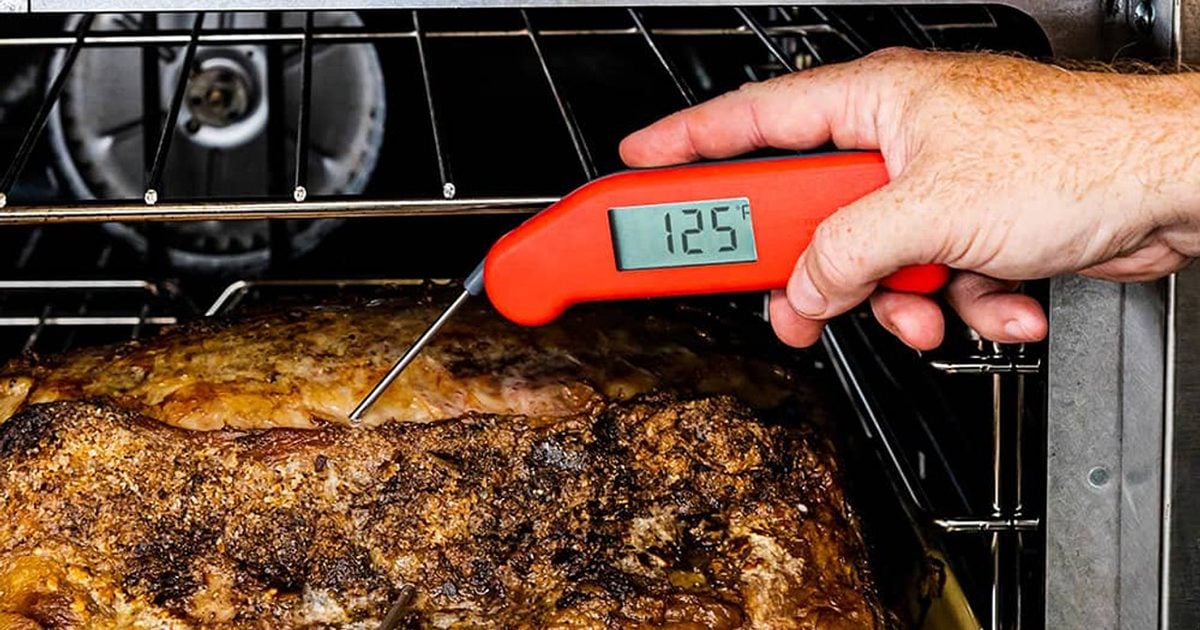Understanding Ideal Chicken Temperature on a Meat Thermometer
Written By James Morgan
When youre cooking chicken, whether on the grill or in the oven, one of the crucial aspects to ensure is that it is cooked to the right temperature. Doing so helps you achieve not just the perfect flavor but also guarantees the meat is safe to eat. So, what temp should chicken be on a meat thermometer? In this article, we delve into the specifics to help all the barbecue enthusiasts ensure their chicken is always spot-on.

Why the Right Temperature Matters
Having your chicken cooked perfectly is more than a culinary goal; its a matter of food safety. Undercooked chicken can harbor dangerous bacteria like salmonella, leading to foodborne illnesses. On the other hand, overcooked chicken becomes dry and unpalatable. Therefore, knowing what temp should chicken be on a meat thermometer can save both your health and culinary reputation.

Recommended Cooking Temperatures for Chicken
Whole Chicken
For a whole chicken, the USDA recommends that the thickest part of the bird, typically the breast and thigh, reach an internal temperature of at least 165F (73.8C). This temperature ensures that any potentially harmful bacteria are killed and the meat is safe to eat.
Chicken Breasts
Chicken breasts also need to hit that magic temperature of 165F (73.8C). However, because chicken breasts are leaner and more prone to drying out, some chefs recommend cooking them until they reach 160F (71.1C), then letting them rest to reach the final temperature. This method can help maintain juiciness while still reaching safe levels of doneness.
Chicken Thighs and Legs
Dark meat like chicken thighs and legs are a bit more forgiving and can be cooked to an internal temperature of 175F to 180F (79.4C to 82.2C). Cooking them to a higher temperature actually helps in rendering the fat and connective tissues, resulting in a more flavorful and tender piece of meat.
:max_bytes(150000):strip_icc()/sea-tier-3-detail-thermoworks-blue-dot-alarm-thermometer-bluetooth-wireless-technology-wdickey-0650-88b26286085e4e638245a8d467f583f8.jpeg)
How to Use a Meat Thermometer
Utilizing a meat thermometer correctly can make or break your cooking experience. Heres a step-by-step guide:
- Calibrate Your Thermometer: Before using, make sure your thermometer is calibrated properly. Insert it into ice water to ensure it reads 32F (0C).
- Insert the Probe: Place the probe into the thickest part of the meat, ensuring its not touching any bones, as bones can affect the accuracy.
- Read the Temperature: Wait for the thermometer to stabilize and take the reading. If it hasnt reached the desired temperature, continue cooking and check again after a few minutes.

Different Types of Meat Thermometers
Choosing the right meat thermometer can also impact the outcome. Here are some common types:
Instant-Read Thermometers
These thermometers give a quick temperature reading, usually in 10 to 20 seconds, making them ideal for quick checks.
Probe Thermometers
Probe thermometers stay in the meat throughout the cooking process, giving you a continuous reading.
Wireless Thermometers
Wireless thermometers come with probes and a remote display, allowing you to monitor the temperature without opening your grill or oven.
FAQs about Chicken Temperature on a Meat Thermometer
How often should I check the temperature?
Its good to check the temperature periodically as the chicken cooks. For exact timing, refer to your recipe. For grilling, consider checking every 10-15 minutes.
Can I trust a pop-up thermometer?
While pop-up thermometers can be convenient, they are often less reliable than digital meat thermometers. For the most accuracy, its best to use a digital one.
What should I do if I overcook my chicken?
If you overcook chicken, consider salvaging it by adding a sauce or broth to regain some moisture. However, prevention is always better than cure, so keep that thermometer handy!
If you found this information helpful, check out this helpful guide on how to use a meat thermometer.
For more barbecue tips and tricks, make sure to visit our guides on where is the sensor on a meat thermometer, how to cook pork chops without a meat thermometer, and what to look for in a meat thermometer.
As an Amazon Associate, I earn from qualifying purchases.



